Research
Search our website
Search our website by entering a keyword or choose a database above to search specifically.
Search
Showing search results 3,821 - 3,830
14,718 results found

Meat pounder
Kitchen utensil used to finely and tenderly beat fairly tough meat. It can
be made entirely of wood and then resembles the laundry beater and the cork
driver. It can also be metal; this heavier model (approx. 700-1200 gr) has
a square blade that is flat at the bottom and has two sharp edges for
trimming the meat after crushing. It can be made entirely of metal or stick
in a wooden handle. See also the meat tenderizer and steak greith. [MOT]

Mason's trowel
Hand tool for mixing, shoveling and spreading mortar over stones, walls,
floors, ceilings, etc. It is also used to chop off stones and to collect
the falling mortar during grouting. It consists of a rounded or pointed
metal blade attached to a short straight handle with a bent stem. The blade
is usually quite large (approx. 16-19 cm / 10-15 cm), in contrast to the
blade of the plasterer's trowel. [MOT]

Meat grinder
This text can only be consulted in Dutch
<https://www.mot.be/resource/Tool/meat-grinder?lang=nl>

Mason's line
This text can only be consulted in Dutch
<https://www.mot.be/resource/Tool/masons-line?lang=nl>

Lobster tongs
This text can only be consulted in Dutch
<https://www.mot.be/resource/Tool/lobster-tongs?lang=nl>

Melting pot
A melting pot or crucible is a container in which metal is melted for
soldering or casting. To take it out of the fire, you use crucible tongs.
In finer professions with small amounts of metal, such as the goldsmith and
prosthetist, it is a small metal fireproof bowl (approx. 4-7 cm diameter)
with or without legs, possibly with a handle and a pouring spout. Jewelers
use a melting ladle to melt wax. In metal foundries, larger models of
crucibles with a handle up to 1.5 meters or models without a handle are
used, which are placed in a large foundry ladle and held by two people.
[MOT]

Metal saw
This text can only be consulted in Dutch
<https://www.mot.be/resource/Tool/metal-saw?lang=nl>

Miner's axe
The mine timberer works all the mine wood with his axe. It is a hand tool
of approx. 1 - 1.2 kg with usually a curved handle (approx. 40 cm), the
edge of which (approx. 6 cm; the riveted iron is wider: approx. 9 cm)
diagonally opposite the stem. The iron is made of one or two pieces. In the
first case it is asymmetrical at the top and sometimes ends opposite the
blade in a square hammer. In the other case, a rectangular blade is riveted
to a U-shaped piece. The latter serves as an eye. [MOT]

Meat press
This text can only be consulted in Dutch
<https://www.mot.be/resource/Tool/meat-press?lang=nl>

Mason's pick
This text can only be consulted in Dutch
<https://www.mot.be/resource/Tool/masons-pick?lang=nl>








